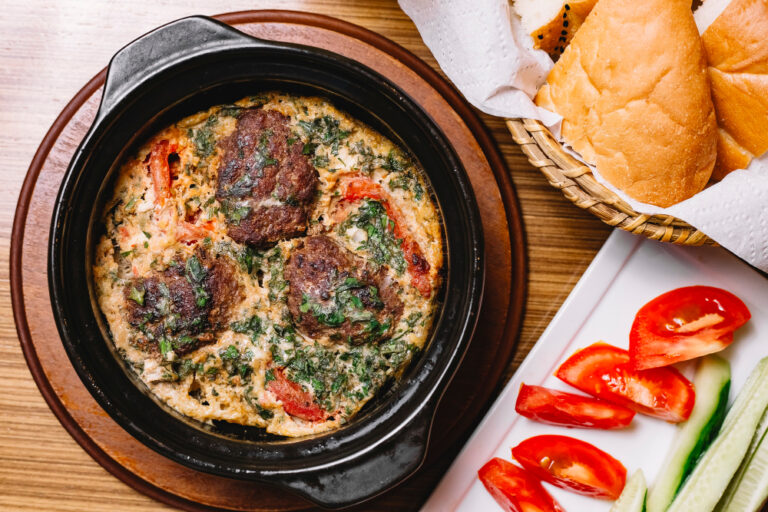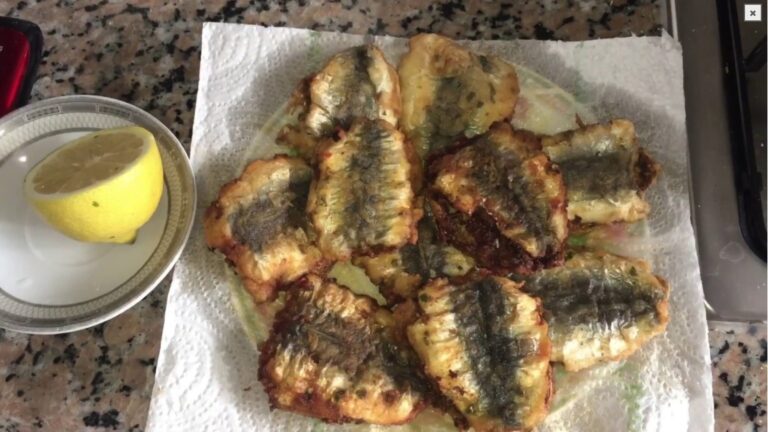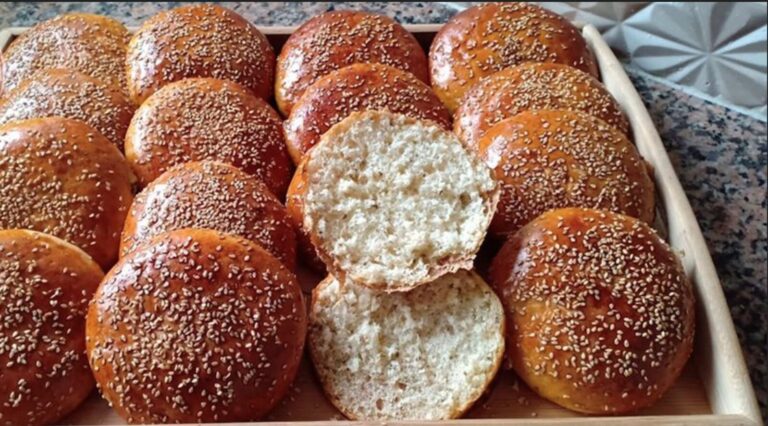
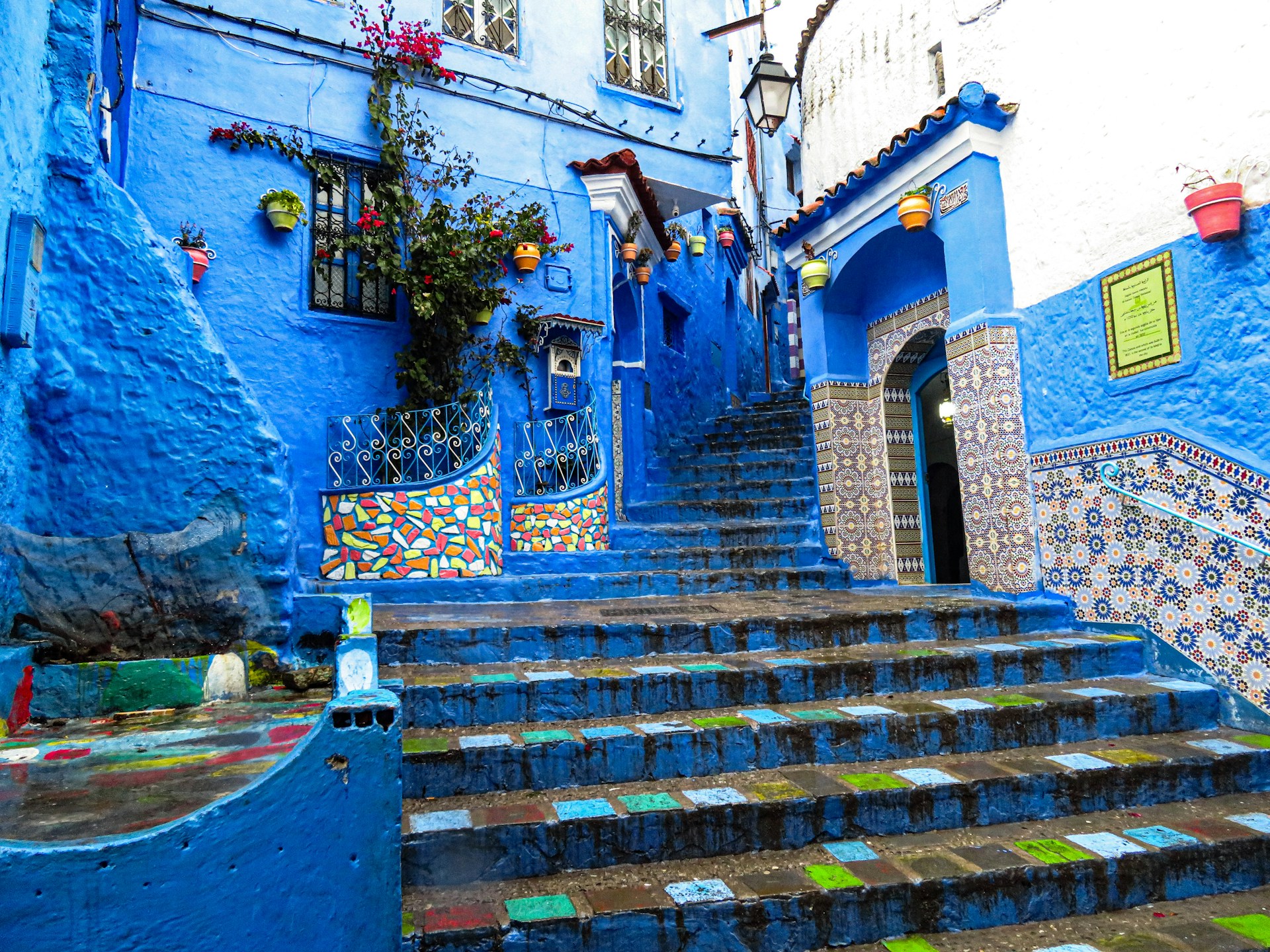
There’s something almost magical about Chefchaouen. Nestled in the Rif Mountains of northern Morocco, this Blue City seems to glow from every corner. From the moment you arrive, you’re surrounded by countless shades of blue — from sky to sapphire — creating an atmosphere that feels both peaceful and dreamlike.
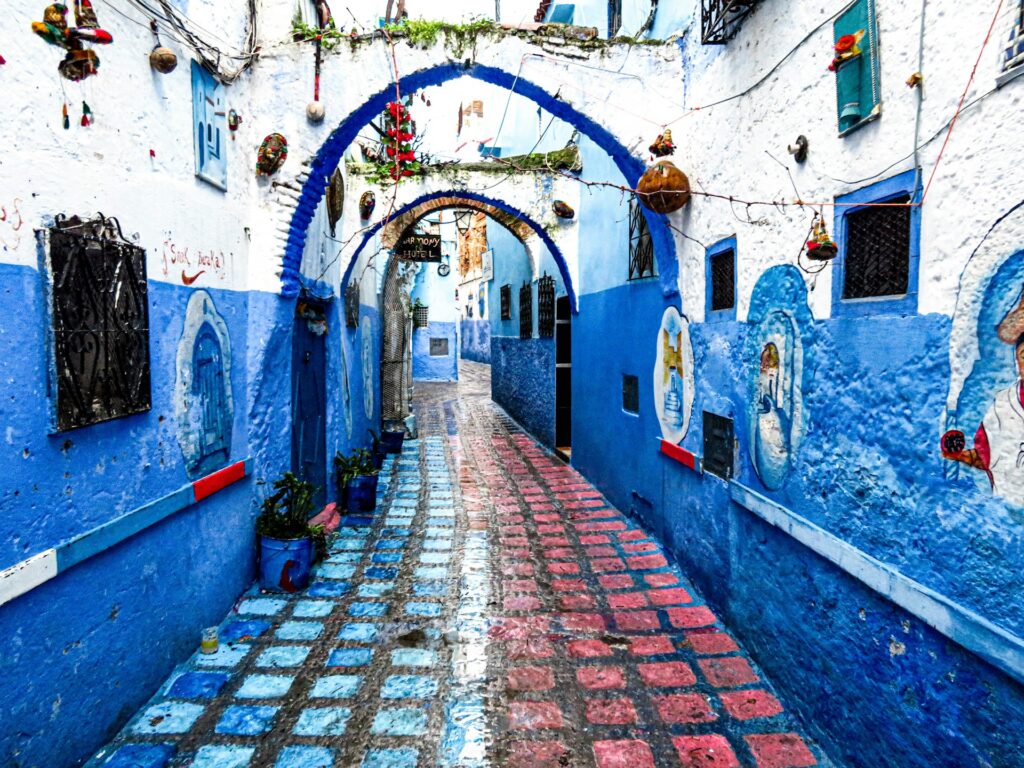
This article explores why everyone is obsessed with Chefchaouen, the Blue City 💙, uncovering its history, hidden gems, and what makes it one of Morocco’s most photogenic destinations. Whether you’re a traveler seeking calm, a photographer chasing color, or simply someone craving an authentic Moroccan experience, Chefchaouen will capture your heart instantly.
The Enchanting History Behind the Blue City💙
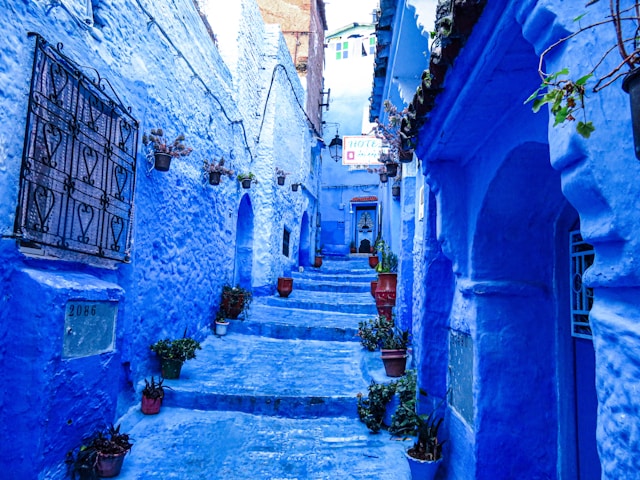
Chefchaouen was founded in 1471 as a small fortress by Moulay Ali Ben Moussa Ben Rached El Alami, originally to protect the region from Portuguese invasions. Over the centuries, the town became home to Muslim and Jewish refugees from Spain, shaping its unique blend of cultures, architecture, and spirituality.
But what truly makes Chefchaouen world-famous is its blue-washed streets and buildings. There are many theories behind this signature hue. Some say it represents the sky and heaven, a reminder to live spiritually. Others believe it was introduced by Jewish refugees in the 15th century, who painted their homes blue to symbolize peace and divinity.
Whatever the origin, this blue palette turned Chefchaouen into one of Morocco’s most photographed and beloved destinations — often called the “Blue Pearl of Morocco.”
–Learn more about Chefchaouen’s history on Wikipedia.
Must-See Attractions and Experiences
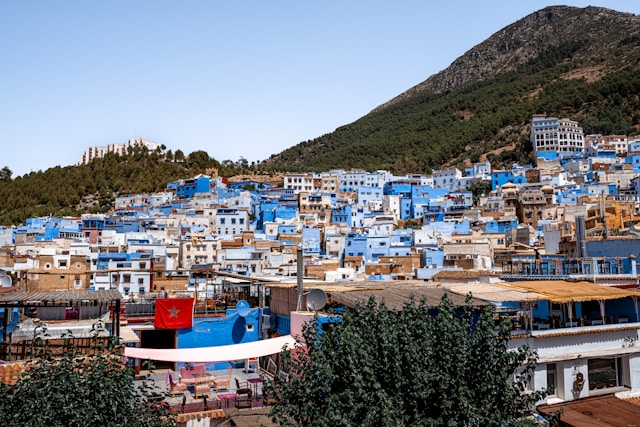
Wander Through the Blue Medina
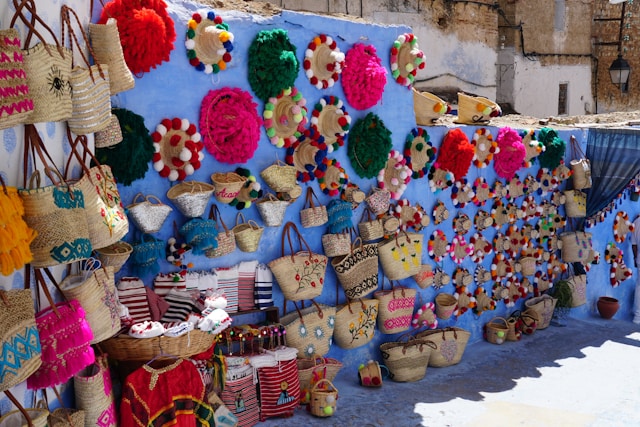
The medina of Chefchaouen is unlike any other in Morocco. It’s smaller and quieter than those of Marrakech or Fes, allowing visitors to stroll freely through narrow blue alleys, arched doorways, and painted stairways without feeling rushed. Every corner is a postcard — perfect for photography lovers.
Visit the Grand Mosque and Kasbah
Located in Plaza Uta el-Hammam, the Grand Mosque and Kasbah form the historical heart of the city. The Kasbah, built in the 15th century, offers lush gardens, a small ethnographic museum, and a tower with panoramic views of the medina and mountains.
Hike the Rif Mountains
Nature lovers will find paradise in the surrounding Rif Mountains. Popular trails like Jebel El-Kelaa or the Akchour Waterfalls reward hikers with spectacular scenery, crystal-clear rivers, and a chance to experience Morocco’s wilder side.
Explore Local Crafts and Souks
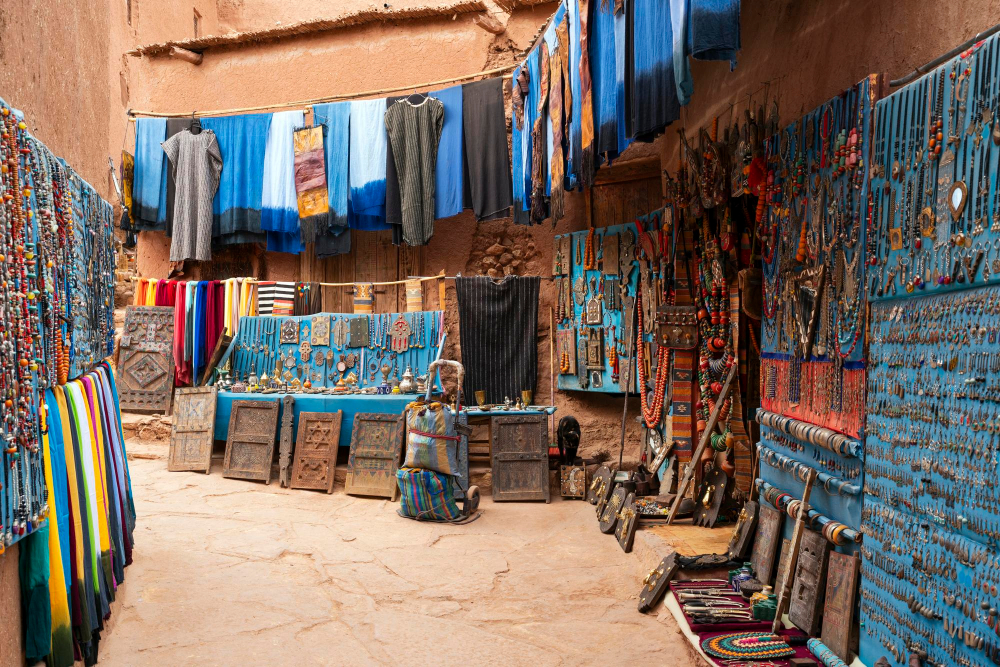
Chefchaouen is known for its high-quality woven blankets, wool garments, and leather goods. Prices here are often more reasonable than in larger cities, and shopkeepers are friendly and patient. Don’t forget to buy some handmade souvenirs — they carry the city’s spirit home with you.
Travel Tips and Cultural Insights
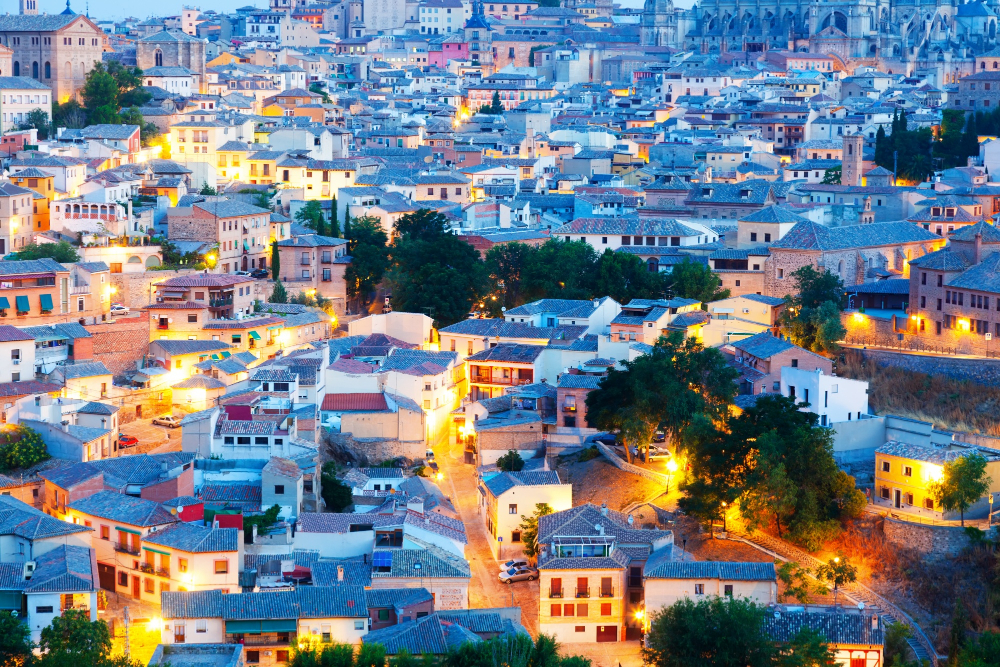
Best Time to Visit
The best time to visit Chefchaouen is during spring (March–May) and autumn (September–November). The weather is pleasant, the light is perfect for photography, and the streets are less crowded than in summer.
Try Local Flavors
Chefchaouen has its own unique food culture. Try tagine with mountain herbs, Bissara (fava bean soup), and goat cheese, a local specialty. Many small restaurants offer rooftop terraces where you can enjoy a slow Moroccan meal while gazing over the blue rooftops.
Respect Local Traditions
Chefchaouen’s relaxed atmosphere invites exploration, but remember it’s still a conservative Moroccan town. Dress modestly, especially in religious areas, and always ask before photographing locals.
Stay in a Riad
To truly experience Chefchaouen, stay in a traditional riad or guesthouse inside the medina. The interiors are beautifully decorated, often with blue tiles and courtyards filled with plants. Popular options include Casa Perleta and Dar Echchaouen.
Real-World Stories: Falling in Love with the Blue💙
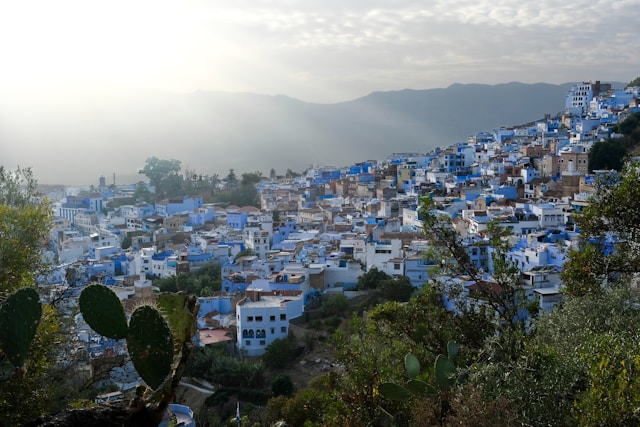
Travelers from all over the world describe Chefchaouen as a “living dream”. Many come for a few days and stay for weeks, enchanted by its calming pace and artistic beauty.
One traveler, Maria from Spain, shared:
“I came for two nights and stayed for ten. Every morning, I’d walk through the blue alleys and feel like I was floating in a painting. It’s not just a city — it’s an emotion.”
Local artists often say the same. The colors inspire painters, photographers, and writers alike. Even famous travel photographers have ranked Chefchaouen among the most Instagrammable cities in the world, alongside Santorini and Venice.
Seasonal Highlights and Future Travel Recommendations
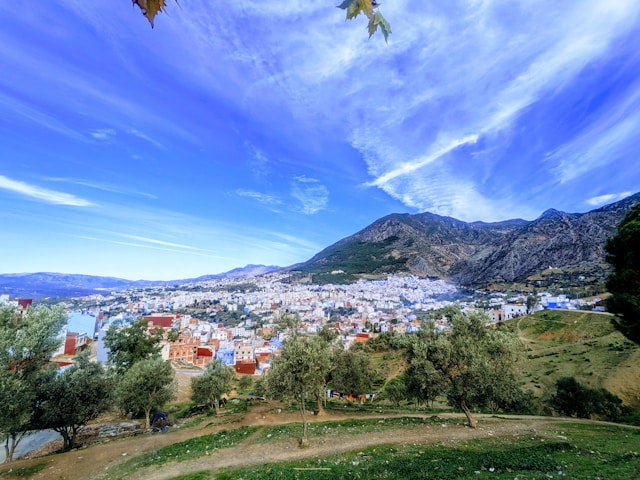
Spring (March–May):
Flowers bloom across the city, and the blue walls seem even brighter. Perfect for nature and photography lovers.
Summer (June–August):
Warm days and lively evenings make this a social time to visit, but the crowds increase — especially from European tourists.
Autumn (September–November):
A favorite for travelers who love cooler hikes and quieter medina walks.
Winter (December–February):
Chilly evenings, but the mist over the mountains gives the Blue City a mystical, peaceful vibe.
If you’re planning your trip soon, consider joining local walking tours or photography workshops — they’re a great way to connect with both locals and fellow travelers.
– You can learn more about Morocco’s geography and attractions on Wikipedia.
FAQ: Everything You Need to Know About Chefchaouen 💙
🟦 Why is Chefchaouen painted blue?
There are several theories — some say the blue represents the sky and heaven, while others link it to Jewish refugees who painted the city blue for spiritual reasons.
🟦 Is Chefchaouen safe for tourists?
Yes, Chefchaouen is considered one of the safest cities in Morocco. Locals are friendly, and the small-town vibe makes it perfect for solo travelers and families alike.
🟦 How do you get to Chefchaouen?
You can reach Chefchaouen by bus or car from Tangier, Tetouan, or Fes. The road trip offers stunning mountain views along the way.
🟦 How many days should I stay in Chefchaouen?
Most travelers recommend 2–3 days to explore the medina, visit the Kasbah, and hike to nearby waterfalls.
🟦 Can I fly directly to Chefchaouen?
No, Chefchaouen doesn’t have an airport. The nearest airports are Tangier Ibn Battuta Airport (2.5 hours away) and Tetouan Airport (1.5 hours away).
Conclusion: Plan Your Blue Adventure
So, why is everyone obsessed with Chefchaouen, the Blue City 💙?
Because it’s not just a destination — it’s an experience. It’s where color meets calm, where tradition meets creativity, and where every visitor finds a piece of serenity to take home.
If Morocco is on your travel list, don’t miss Chefchaouen. Whether you’re exploring its blue alleys, tasting local food, or watching the sunset from a rooftop terrace, this magical mountain town will stay in your heart forever.
✨ Plan your journey today with Skies of Morocco — and let the Blue City inspire your next adventure.

